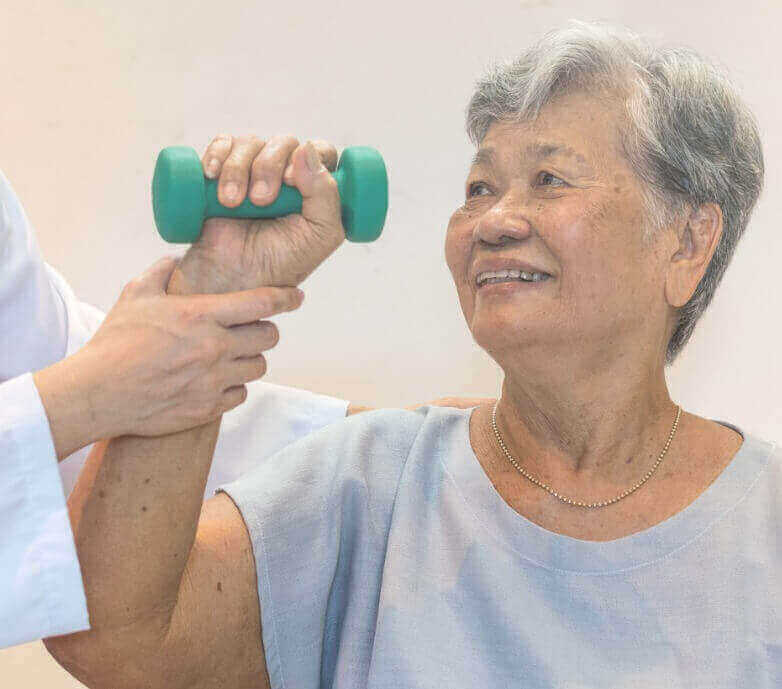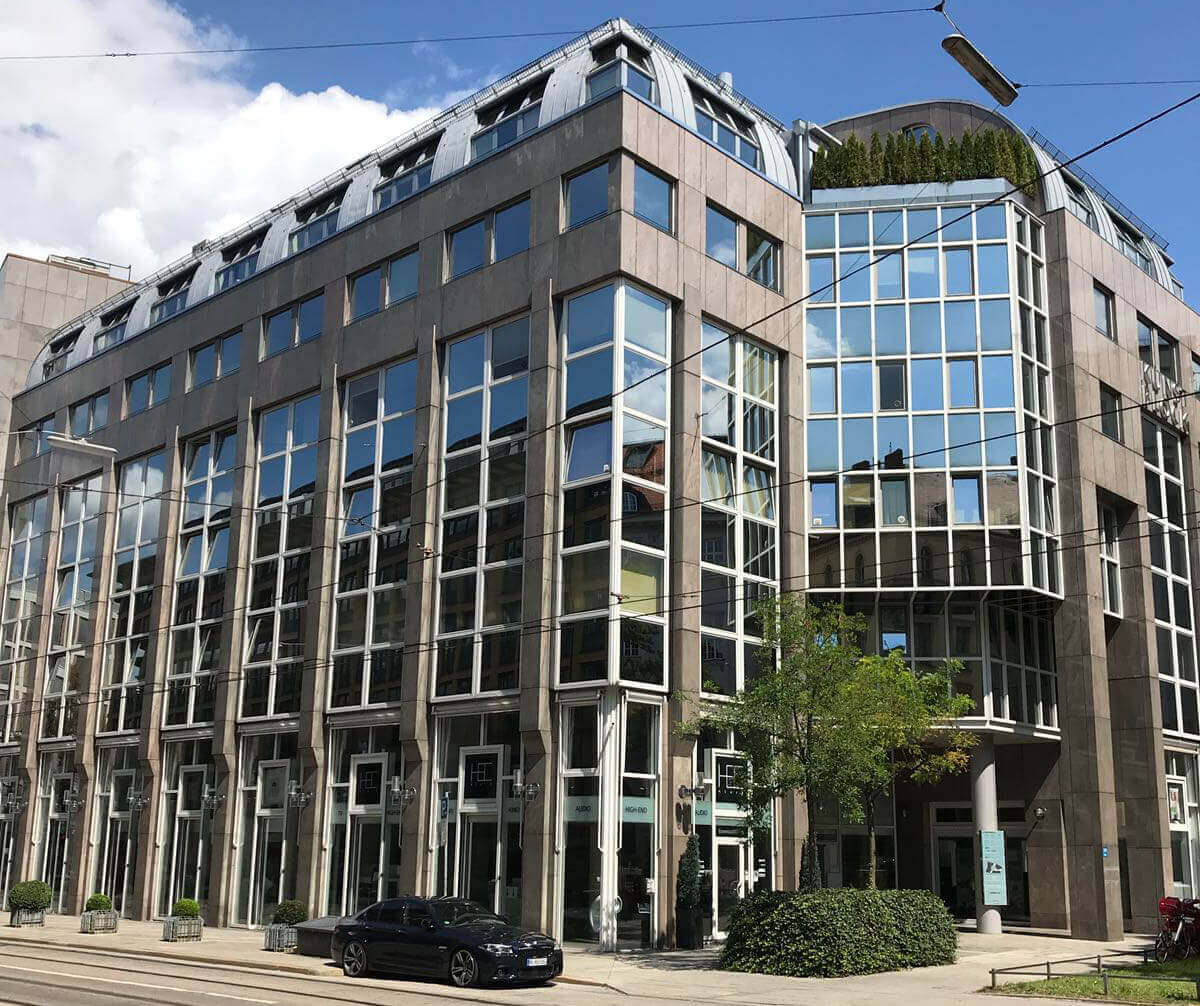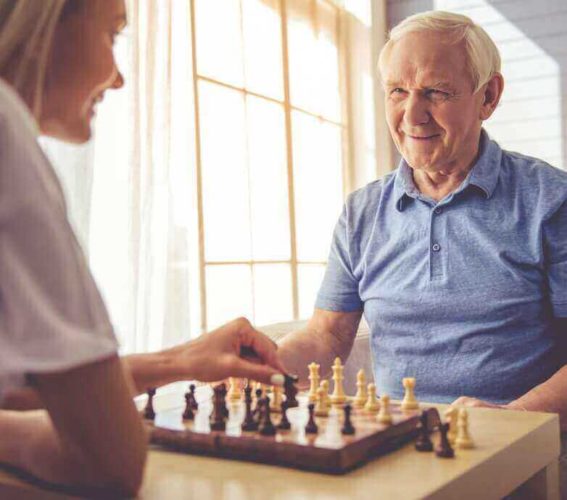Being patient during recovery
A stroke is accompanied by immense changes, so it can be very difficult for sufferers to feel like themselves again afterwards. It’s all about taking it one day at a time and staying positive. The best way to ensure a fast recovery is repetition, which helps with creating muscle memory and facilitating neuroplasticity. If you’re having trouble with something, keep trying until you get it; once you get it, repetition will be the key to retain that skill and movement.


Vary your exercises
Don’t worry about the false stroke recovery plateau. Stroke survivors tend to see results in the first few months of recovery, but it is common for these improvements to come to a stop soon thereafter. It is important to note that this is not a dead end in recovery. Sometimes you may even feel like you’ve gone backward in progress, but this is normal and to be expected. Stroke recovery is like a rollercoaster, but keep telling yourself that there will be a stopping point. While there may be a pause in results, this is simply a natural part of stroke recovery. This is due to your body getting accustomed to a consistent regimen; in other words, your body doesn’t know what else it can improve on. To challenge this plateau, try varying your regime with different exercises. Switching it up is key, along with the repetition of movements. Don’t forget – repetition is key!
Avoid permanent lopsidedness
There is a popular phrase within the stroke recovery community: use it or lose it! This refers to the condition of learned nonuse, which occurs when you completely stop using an affected limb; after a while, your brain forgets how to use it. There is no way to reverse learned nonuse, so it is incredibly important to put in 100% effort during your recovery sessions. The best way to avoid this condition is to move the affected limb(s) as much as you possibly can every day.
Play games and have fun
Games such as Scrabble, Jenga, checkers, chess, categories, card games, etc. are very helpful with stroke recovery. They challenge you mentally, allow you to communicate with others, and foster a sense of happiness and progress. In addition, you can engage in physical activities such as gardening, tai chi, yoga, dancing, or walking around your neighborhood. These are the perfect supplement to physical therapy because they keep you active and moving forward. Many stroke survivors also find joy in creative activities like knitting, photography, painting, writing, pottery, cooking, etc. The types of activities that you are able to do will vary with the severity and nature of your stroke. However, just because you can’t perform a certain activity now, doesn’t mean you won’t be able to in a few months!
Mental and physical recovery are equally important
Mental recovery is just as important as physical recovery. Meditation has been proven to: reduce anxiety, depression, and fatigue; improve attention, emotional regulation, and mental flexibility; and challenge your brain and improve information processing. Stroke patients have had significant success with these therapeutic practices when used in conjunction with a physical rehabilitation regimen. The most important thing in recovery is believing that you can fully recover, even if your doctor says otherwise. When someone tells you that you won’t ever be the same, it has the power to convince your brain that you will never reach a certain point of functioning. It has been clinically shown that patients experienced worsened outcomes in response to hearing these things. Believing that a full recovery is possible will motivate you, subconsciously, to take more action which naturally leads to greater results. The bottom line is: no one knows your true limits. If your doctor doesn’t think you can make a full recovery, prove them wrong!





